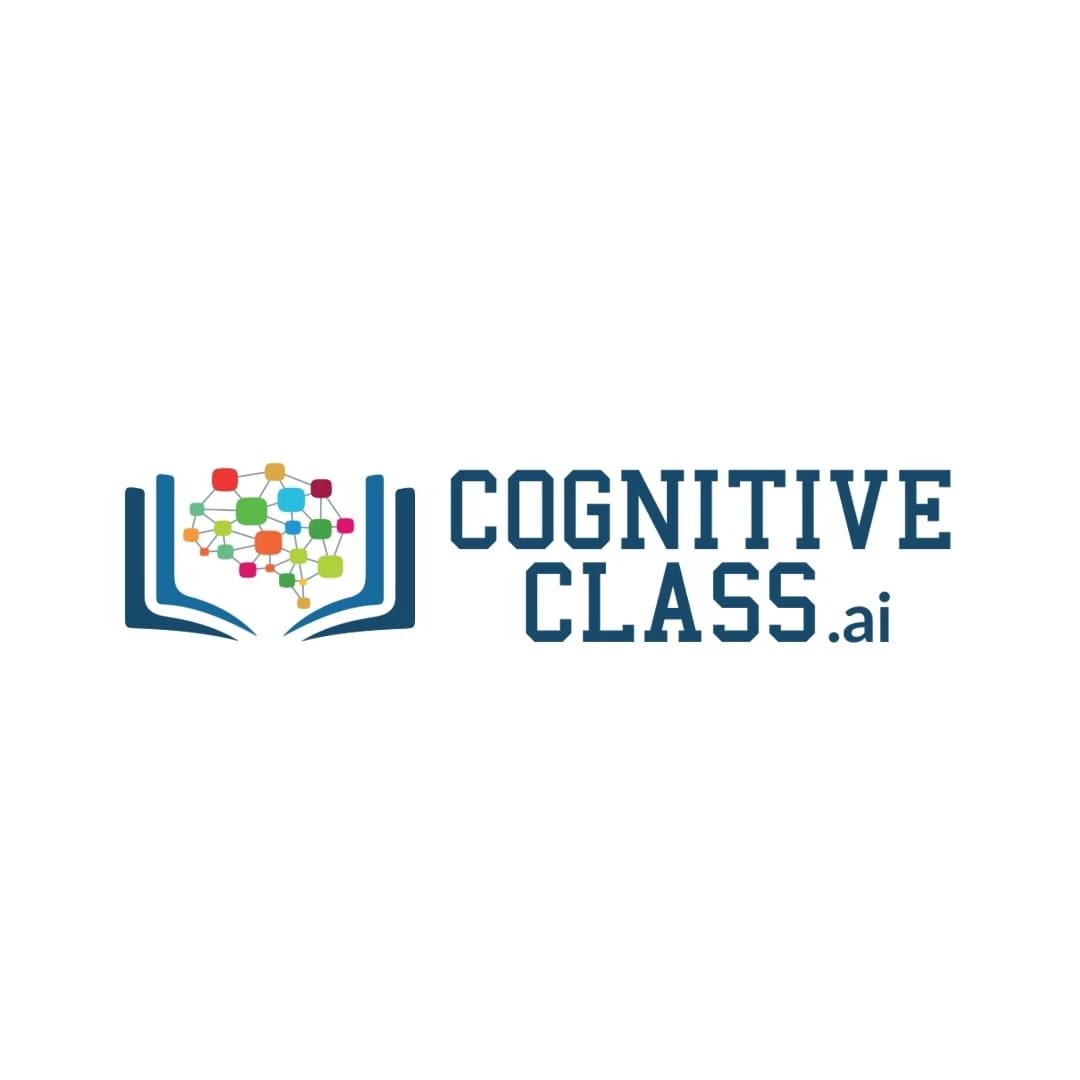Fine-tune an LLM with Hugging Face using LoRA and QLoRA
Master the art of fine-tuning large language models (LLMs) with Hugging Face using LoRA and QLoRA. Learn how to improve model performance with lightweight, efficient training techniques.
At a Glance
Perform parameter-efficient fine-tuning (PEFT) using LoRA and QLoRA with Hugging Face! This hands-on project ensures you master crucial concepts quickly, getting you up and running on Hugging Face in no time. If you want to adapt Hugging Face models for your task, this hands-on project is for you!
A look at the project ahead
Hugging Face is often referred to as “the GitHub of AI models” due to the vast collection of models available in its repositories. The simplicity of loading and utilizing AI models from Hugging Face significantly reduces the complexity of using and implementing large language models. In this hands-on project, you will acquire the skills to fine-tune a BERT-based language model for a specific task. The project encompasses parameter-efficient fine-tuning (PEFT) methods, including LoRA and QLoRA.
Learning objectives
Upon completion of this project, you can:
- Load and predict using models from Hugging Face
- Fine-tune language models using LoRA
- Fine-tune language models using QLoRA
- Understand the advantages and disadvantages of LoRA and QLoRA
What you’ll need
For this project, you need an intermediate level of proficiency in Python, PyTorch, and deep learning. Additionally, the only equipment you need is a computer equipped with a modern browser, such as the latest versions of Chrome, Edge, Firefox, or Safari.










There are no reviews yet.